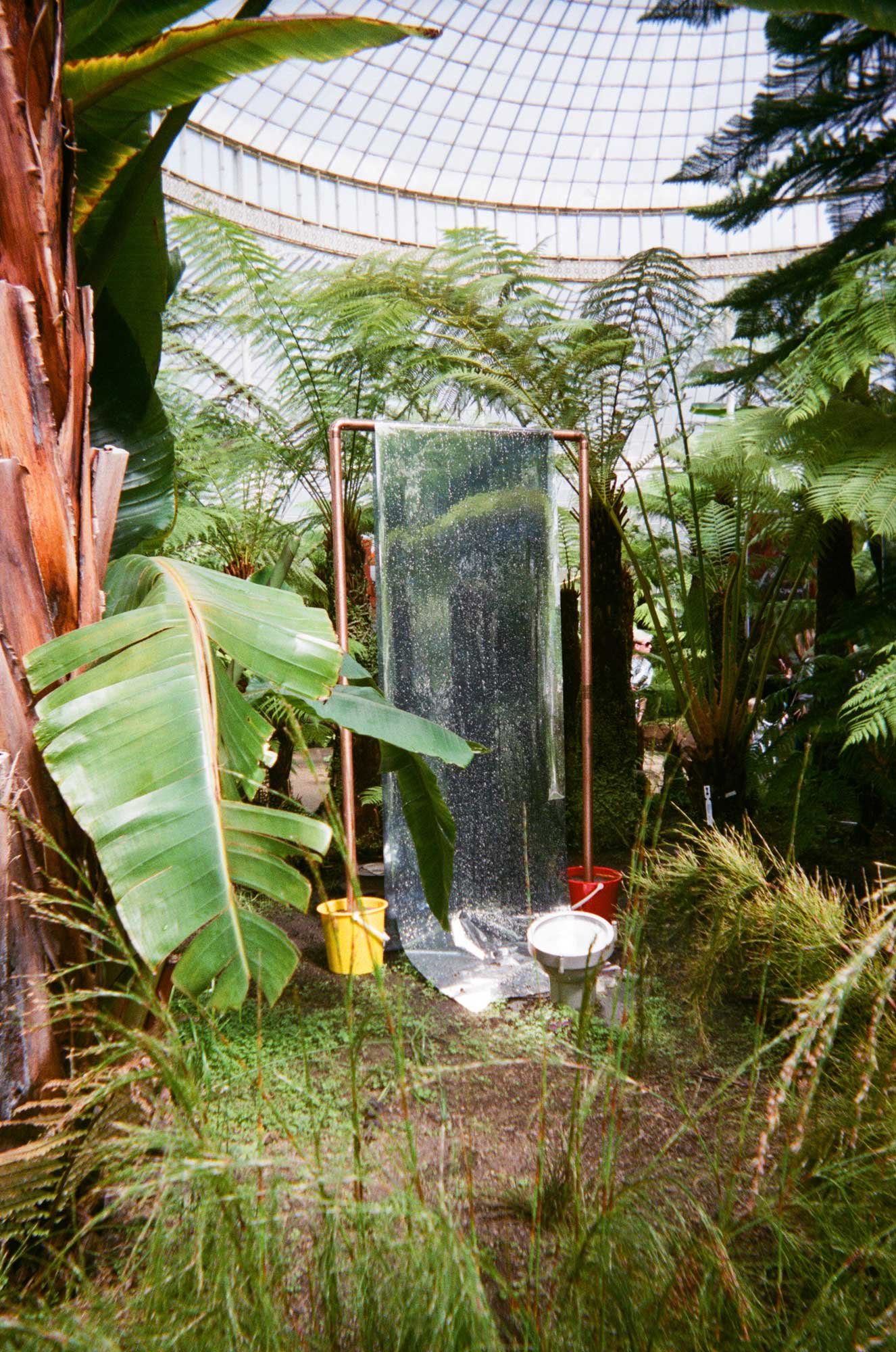






Glasgow International Festival 2018

Glasgow International Festival takes place every two years, being this the largest contemporary visual arts festival in Scotland. For its eighth edition, the festival is open for a three-week period; it’s venues spread across the city to include everything from well known institutions, commercial galleries, project spaces, artist studios, vacant buildings, and the occasional shop. It is a refreshing demonstration of the variety of contemporary art practices both international and home ground. The Director’s Programme explores themes such as the identity, science fiction, and society in the era of the Internet. In addition, there are undercurrents about the practice of making art: from the objects presented to projects such as ‘In Kind’ by Janie Nicoll and Ailie Rutherford who explore the hidden economies of the GI to highlight the unseen costs of participation in the arts.
For my first experience of the Glasgow International, I spent three days visiting around thirty venues, many with multiple exhibitions on show. There is so much to see with an egalitarian range of art, from highly refined pieces by Turner Prize winning artists to experimental pieces by current students and recent graduates. It was great to spend time in the city, discovering new venues and enjoying the ambitions of the work. Here are my recommendations:
Top three exhibitions


This venue is further out of the city centre and well worth a trip. Set in the grounds of a recently built Rennie Mackintosh building and dry sky slope, House for an Art Lover has five excellent exhibitions to see. Including an installation by Open Glasgow Bursary Winner Rosie O’Grady; sculptures and films exploring movement by Paul Deslandes and Tine Bek; Winne Herbstein’s film about subverting gender roles in the building trade; Scott Caruth’s investigation into the Italian Communist Party in Modena, Italy; and a film looking at the global collaboration between artists Bahar Yürükoglu and Alex Sarkisian.
This is a must for anyone interested in printmaking and process based art. Phillips is a Turner Prize nominee, and long-term member of the print studio. The exhibition uses a variety of narrative and print techniques that reference it’s location and the aesthetics of the medium. The artworks explore the printed medium wonderfully, it is a playful exhibition with pasted troupe l’oeil masking tape stripes, and beautifully presented on a background of white to black bands of colour.


Katinka Bock at The Common Guild
It’s worth visiting this, simply to see the beautiful domestic gallery which has lovely views across Glasgow. Happily the exhibition is also great – Bock uses a mixture of mediums to display ceramic and bronze sculptures. These are placed thoughtfully around the gallery, leading you though the building and the history of the city.
Best of the Institutions
The huge former tram depot has three major exhibitions: Mark Leckey with a powerful soundscape; Tai Shani who creates an ambient, surreal, and unnerving space, and Kapwani Kiwanga making particularly nice use of curtains ‘shifting continents’ in relation to the tram track groves on the floor.
Presents two very different exhibitions by Torsten Lauschmann and Susanne Norregård Neilsen. The former uses cutting edge technologies including animation and basic robotics vs the beautifully delicate studies of the later to explore the basics of drawing.
This venue has multiple exhibitions and events with Ross Birrell’s solo exhibition about journeying over landscapes, a group exhibition ‘Roadmaps’ which explores memory, and ‘Self-Service’ free publications by Kirsty Hendry and Ilona Sagar.
Best venues


‘Glasshouse’ group show is set in the glasshouses and surrounding gardens. It includes work by eight artists hidden amongst the plants, some pieces are easier to spot than others. It’s a great meeting of art and nature showcasing work of emerging artists.
The last surviving Edwardian public bathhouse in Glasgow is the venue for Yon Afro Collective, with artists Najma Abukar, Layla-Roxanne Hill, Sekai Machache, and Adebusola Debora Ramsay. The self-funded project includes work by four woman of colour living in Scotland, to investigate identity, with clever curation that addresses the venue too.
‘Loop’ falls into a similar vane as Art on the Underground, but with more energy and less of a commercial feel. Organised by artists Alys Owen and Beth Shapeero there are artworks and occasional performances in every station – a few of made with young people.
14.09.18
Words by Fiona Grady
Related
Journal

Skulptur Projekte
Journal

